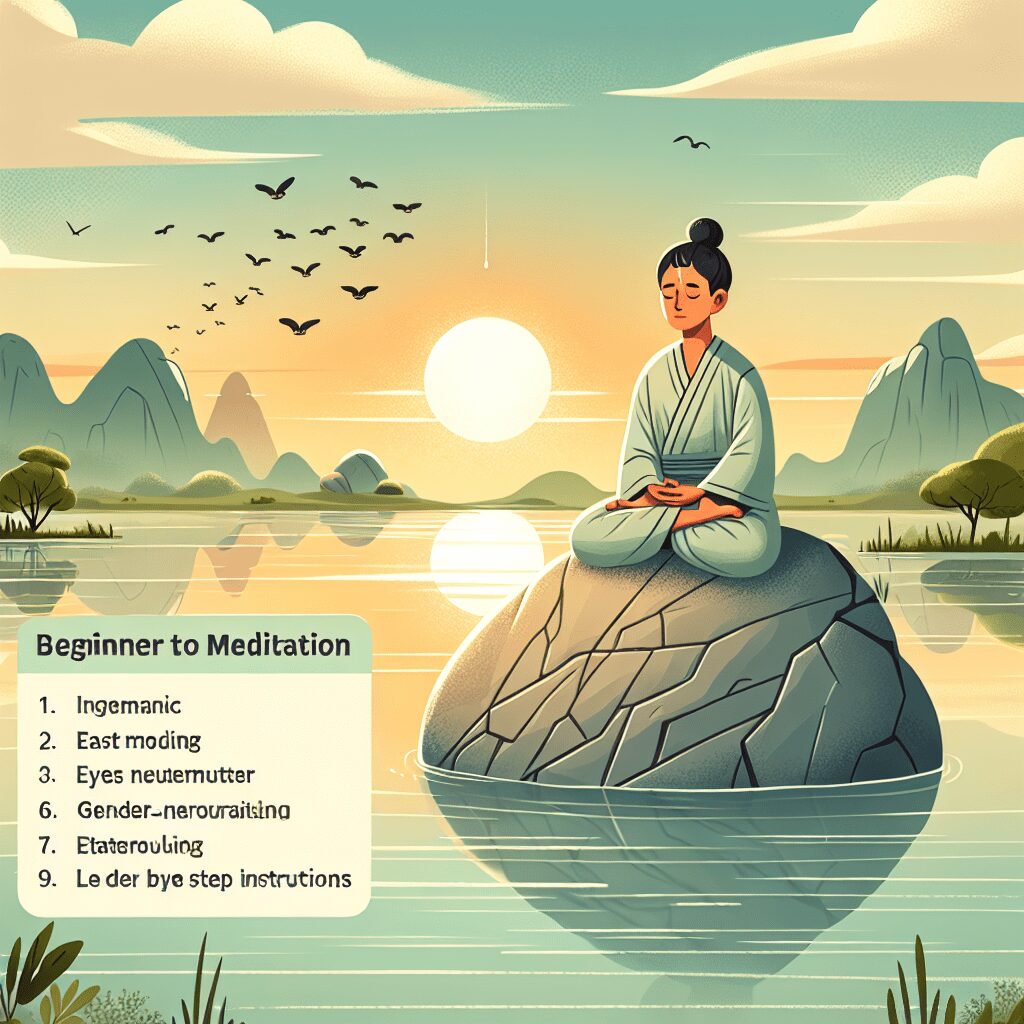
Prioritize your mental well-being daily. Enhance your life by nurturing your mental health with the Smart Meditation app. Break free from stress, alleviate anxiety, and enhance your sleep quality starting today.
How To Help A Child Who Has Anxiety Around Gun Violence?
Navigating the Terrain: Assisting Children with Anxiety Due to Gun Violence
In an era where newsflashes and alerts on gun violence incidents are as frequent as morning coffee, the toll on mental health, especially among children, is profound. The whispers of anxiety can quickly turn into deafening roars, leaving many parents and guardians at a loss on how to mitigate these fears. So, let’s break down some effective strategies to address and alleviate the anxieties surrounding this sensitive yet pressing issue.
Opening Up the Dialogue
Initiating a conversation about gun violence with a child may seem like walking a tightrope—fraught with the risk of saying too much or too little. However, it’s a necessary step to demystifying their fears and providing them with a sense of safety. Here’s how to kickstart this delicate discourse:
- Create a Safe Space: Assure them that their feelings are valid and it’s okay to express fear or confusion. This reassurance can be a beacon of comfort in tumultuous times.
- Be Age-Appropriate: Tailor your conversation to the child’s age and maturity level. Younger kids need simpler explanations, while teenagers might engage in a more nuanced discussion.
- Stick to the Facts: While it’s tempting to shield them from reality, providing factual information can help demystify their fears. But remember, keep it digestible; no need to dive into the deep end right off the bat.
Fostering a Sense of Security
In the shadow of anxiety, a sense of security becomes the silver lining. Here’s how you can weave this silver lining into your child’s tapestry of daily life:
- Routine is King (or Queen): A stable routine offers predictability in a world that seems randomly chaotic. From morning rituals to bedtime stories, consistency is comforting.
- Empower with Knowledge: Teach them what steps to take in an emergency. Knowing what to do can transform fear into empowerment.
- Limit Media Exposure: Sure, staying informed is crucial, but an incessant barrage of distressing news can be overwhelming. Keep it minimal and opt for discussions instead of screen time to process events.
Skills to Thrill: Coping Mechanisms
Equipping your child with coping skills is like handing them a shield in the battlefield of their anxieties. Consider incorporating these into your arsenal:
- Deep Breathing: A few deep breaths can help reset the panic button. Make it fun by pretending to blow out candles or inflate a balloon.
- Positive Reinforcements: Encourage the use of positive affirmations or mantras. A simple “I am safe” can work wonders.
- Creative Outlets: Encourage drawing, writing, or any activity that allows them to express their feelings creatively. Sometimes, words can’t capture what art can.
Final Thoughts: The Path Ahead
Tackling anxiety around gun violence is neither a sprint nor a marathon—it’s a relay race that requires persistence, patience, and partnership. By opening up the dialogue, fostering a sense of security, and arming children with coping mechanisms, you’re not just mitigating anxiety; you’re nurturing resilience.
Remember, it’s perfectly okay to seek professional help if the anxiety seems to be taking an upper hand. After all, it takes a village to raise a child, and sometimes that village includes therapists or counselors.
In the grand scheme, while we cannot shield our children from every adversity, we can empower them to face their fears with courage and hope. The journey might be fraught with challenges, but with each step forward, we pave the way for a generation that’s not only informed but also resilient and compassionate.





